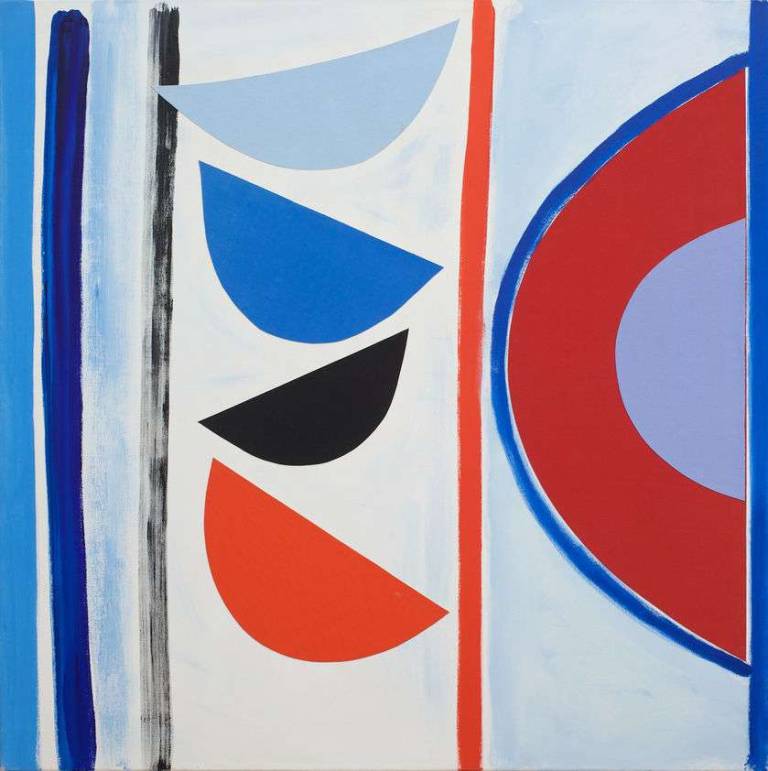The St Ives School
The St Ives School
Although they did not see themselves as part of a group or school, the term St Ives School is often used to refer to the artists associated with the fishing town of St Ives in West Cornwall, which became a centre for modern and abstract developments in British art from the 1940s to the 1960s
With its special quality of light, artists have been drawn to the small fishing town of St Ives in west Cornwall since the beginning of the 19th century. After the extension of the railway in 1877 it made access to the remote town an even more appealing destination for them.
In 1928 artists Ben Nicholson and Christopher Wood visited St Ives where they discovered the naive artist Alfred Wallis, the works of Wallis were to have a profound impact on Nicholson and dictated the the new modern direction of his work.
After the outbreak of the Second World War Nicholson and his then wife, sculptor Dame Barbara Hepworth, both well established artists, decided to settle in St Ives and were soon joined by Russian constructivist sculptor Naum Gabo. After the War St Ives soon became the epicentre for modern abstract developments in British art led by Hepworth and Nicholson.
From the around the 1950s a new younger group of artists began to make their way down to St Ives, this group, together with Hepworth and Nicholson (until his departure in 1958) is what the term St Ives School is particularly associated.
As well as a shared interested in abstraction, the St Ives artists were also inspired by the landscape of West Cornwall and used its shapes, forms and colours as a source for much of their work.
The key figures of the St Ives school at this time included Wilhelmina Barns-Graham, Sir Terry Frost, Paul Feiler, John Wells, Patrick Heron, Roger Hilton, Peter Lanyon, Bryan Wynter and Karl Weschke along with pioneer modern potter, Bernard Leach.
The St ives school reached the peak of its powers in the 1950s and 1960s and in 1993, Tate St Ives, a purpose built gallery overlooking the picturesque Porthmeor Beach in St Ives, was opened. It now holds a permanent collection dedicated to the St Ives artists, helping to recognise its profound influence on British contemporary art.
